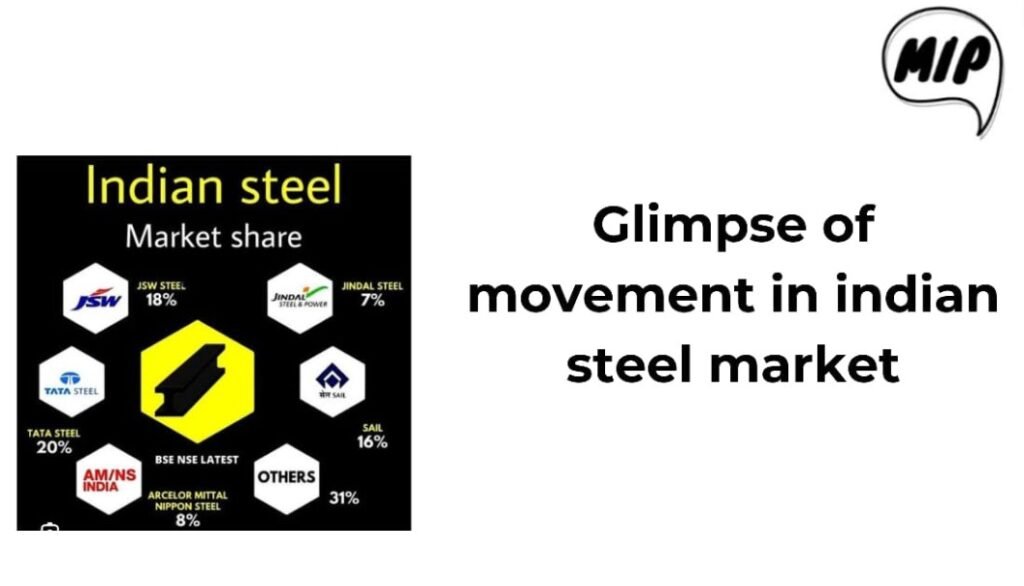
India’s steel industry is thriving amidst a global slowdown, signaling positive prospects for Indian steel producers. However, this success raises concerns about a tightening market, potentially driving prices higher and increasing imports. This pattern, common in the steel industry, might persist in the coming quarters. Encouragingly, domestic output is expected to rise by the fiscal year’s end.
In the past two months, India’s steel consumption has surpassed output, indicating a favorable situation for domestic producers as prices tend to rise. The latter half of the year, marked by the end of monsoons and increased construction and festival-related spending, typically sees heightened economic activity.
Analyzing JSW Steel’s Q3 results, it’s anticipated that the higher steel prices in August-October will positively impact the performance in the December quarter, although offset by elevated coking coal and iron ore costs. The management anticipates firm steel prices.
Moreover, the country’s steel capacity is set to increase by March 2024, with integrated steel producers ramping up capacity by 12 million tonnes. However, the global context remains important. Until India’s steel output surges, there’s a risk of users turning to cheaper imports.
The World Steel Association’s global demand outlook for 2023 and 2024 indicates potential challenges. China’s growth in 2023 relies heavily on stimulating its real estate market, a measure showing limited impact on demand so far. Developed economies face difficulties due to sharp interest rate hikes, posing downside risks to steel consumption.
The danger lies In steel demand falling below expectations while global output, particularly in major producers like China, continues to rise. This surplus could weaken prices, making a steel demand hub like India appealing for producers. India, recently turning into a net steel importer, might face challenges if this trend persists.
Fortunately, stable iron ore prices between $115-120 per tonne since September provide a foundation for steel prices. In the short term, the main concern is the potential flood of steel imports capitalizing on robust domestic demand.
As domestic capacity increases, Indian producers should be resilient against significant import threats, although higher output might lead to price softening. The government is closely monitoring these developments, aiming to protect the steel industry from import threats without causing sharp inflation. The latter half of FY24 promises to be intriguing for steel companies and investors alike.